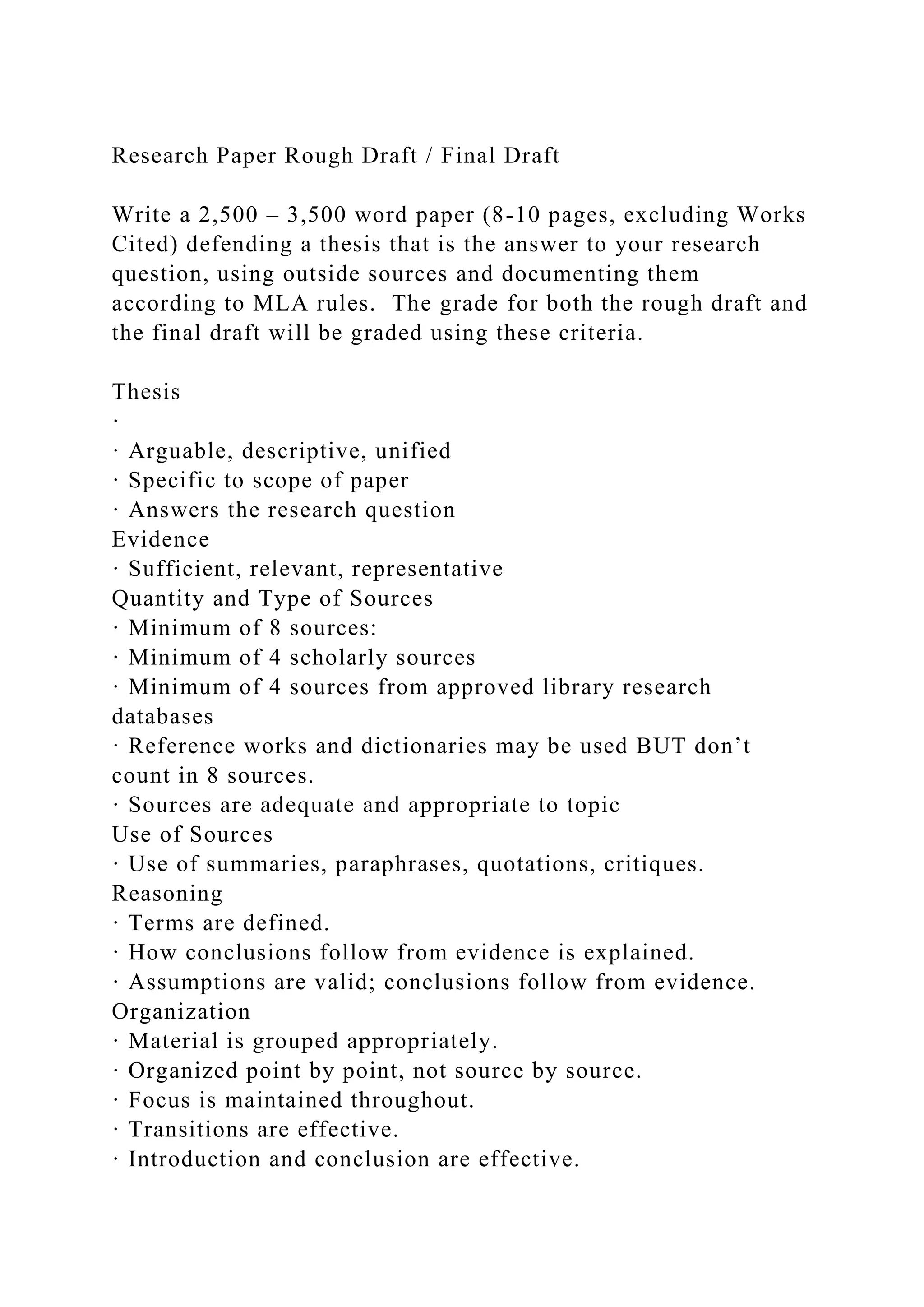The document outlines criteria for a research paper on sustainable low-income housing, highlighting the benefits of sustainable design in improving living conditions and community integration. It discusses how traditional low-income housing often results in negative outcomes for residents, while sustainable projects can reduce utility costs and promote healthier environments. The paper emphasizes the importance of involving residents in the design process to meet their needs, ultimately suggesting that sustainably designed housing can yield economic, environmental, and social benefits.






![to 50 percent more on
energy costs, up to 20 percent more on water, and also save 20
percent more on
electricity costs (Cohen). In Seattle, Washington, sustainably
built [green] low income
housing projects have been developed using “systems,
appliances, lighting fixtures and
landscaping that save money and water, low-fume paint and
carpeting, and durable
materials that do not have to be replaced as often” (Cohen).
Residents benefit from low
utility costs, and housing developers and owners benefit with
government subsidies,
lower operating costs, and buildings that are sturdier than those
traditionally built for low
income housing (Marin; Cohen). Because of all these benefits,
residents in sustainably
designed housing projects are likely to stay in the project for a
longer period than those
living in traditionally built projects.
A community with a sustainably designed project often views
the project in a
more favorable light than they would a traditionally built
housing project, enabling](https://image.slidesharecdn.com/researchpaperroughdraftfinaldraftwritea25003500wo-230122022620-7b2d6c2e/75/Research-Paper-Rough-Draft-Final-DraftWrite-a-2-500-3-500-wo-docx-7-2048.jpg)



























